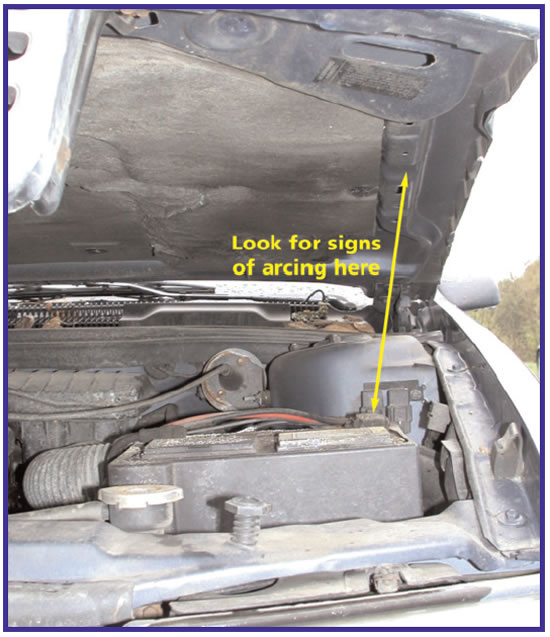
TASC Force Tips
- Author: Ed Lee, Deltrans
When a vehicle has been in failsafe or limp mode, it is important to check for codes to see what has caused this condition. If multiple codes are present, check to see whether there is something in common with each one.
In many cases, the components share a common voltage source. On a rear-wheel-drive Chrysler unit, seeing overdrive and TCC solenoid codes together is a routine occurrence. On a General Motors vehicle, the shift solenoids, TCC solenoid and EPC solenoid codes may appear with other codes. We have all suffered with the problem of bad ignition switches. Some of these ignition switches may not malfunction for long periods of time or may occur only under certain conditions.
When diagnosing an intermittent no-voltage condition, do not overlook the possibility that the voltage was absent only at start-up. Keep in mind that the transmission fuse must be powered during start-up for the computer to do its pre-check. If the transmission fuse is not powered when the computer does its pre-check, it assumes that there is an open circuit to each component, thus giving multiple codes. Aftermarket burglar-alarm installations are responsible for a large portion of these types of problems. But keep in mind that any reason for voltage interruption is a possibility. A remote starter may have been installed in the summer and not used until the cold season began. If power to the transmission fuse was not provided at start-up, you will have a code for each component that was deprived of voltage, and immediate failsafe. Codes 740, 785, and 1860 were present in the vehicle with the remote starter. Your customer may not have remembered to tell you about having the remote starter installed six months earlier.
The people responsible for installing aftermarket components should notice that the vehicle goes into failsafe when the components are activated. Unfortunately, most of these people are used to seeing multiple codes when they have finished with their installation, because at one time or another during installation the key was turned on with one or more components disconnected. It is common practice for the installers to clear codes, so the problem may not show up until some time later.
Another possibility for interrupted voltage causing limp mode occurs on the A-body Chrysler Acclaims, Spirits and LeBarons and the J-body Chrysler 2-door LeBarons. Some aftermarket batteries are slightly taller than the OEM. On these vehicles, the customer may complain about having limp mode occur after hitting a bump in the road. What is happening is that the hood is bouncing down and touching the positive terminal of the battery when the car hits the bump. Look for a mark on the hood where it lines up with the positive battery terminal that looks like a welder tried to strike an arc (Illustration #1). This interruption in voltage varies from the ones mentioned earlier because it is a momentary short and not a momentary open. The results affecting the customer are the same: failsafe or limp mode. I hope this information is helpful.

The TASC Force (Technical Automotive Specialties Committee) is a group of recognized industry technical specialists, transmission rebuilders and Sonnax Industries Inc. technicians.














